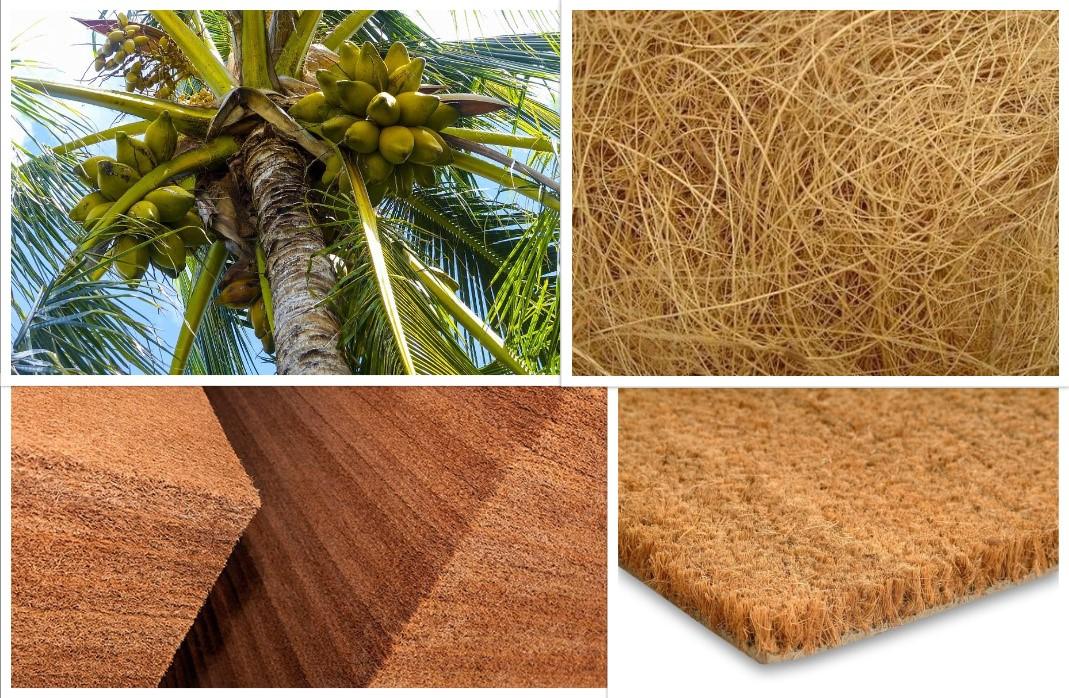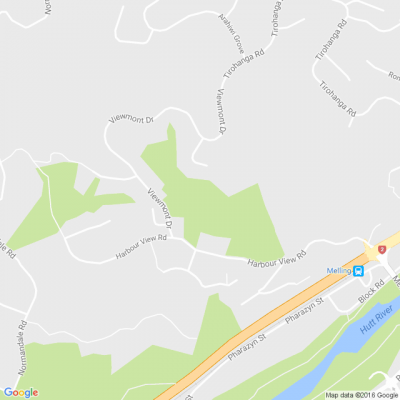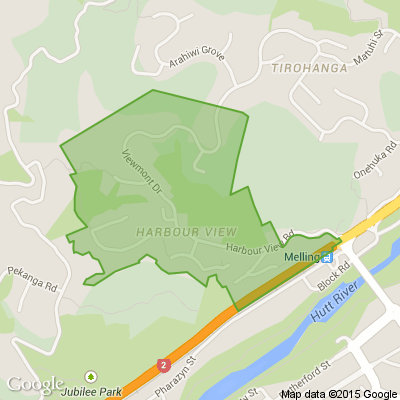Coco Coir Fibre
The thickest and most resistant of all commercial natural fibres, coir is a coarse, short fibre extracted from the outer shell of coconuts.
Coconut coir or, “Coco coir”, is a very versatile resource that is harvested from a fibrous layer underneath the exterior shell of the coconut. Since coconut growers consider it a waste product, its utilization is highly sustainable. You may have heard of coco coir being used in gardening, but there are many applications for it across multiple industries, beyond horticulture. Here are 10 interesting facts about coco coir that you probably didn’t know!
• Coco coir has many uses including in textiles, upholstery, making rope/fishing nets, environmental cleanup and horticulture, floor mats, doormats, brushes and mattresses.
• There is brown coco coir & white coco coir, each with different properties. When coconuts are ripe, they produce brown coir which is used in gardening and horticulture. White coir is harvested from unripe coconuts, and is much finer and lighter, it even floats on water. This makes it ideal for fishing nets, brushes, and finer textiles.
• Coco coir works well as a snail deterrent when used in the garden.
• Coco coir is highly absorbent and can hold up to 10x the water as peat moss. Some use it as a sustainable alternative to peat moss
• People often use coco coir as bedding in terrariums for snakes, lizards, turtles, and spiders.
• When used for gardening, coco coir is usually packed in a compressed brick. You need to soak the brick with water which allows it to expand substantially. You can then use it as a growing medium or potting mix additive.
• Coco coir contains very low levels of nutrients, so you can’t normally use it as the sole growing medium for plants, EXCEPT, you can use it for microgreens due to their extremely short grow cycle. This is because they don’t require soil nutrients. You also use coco coir in hydroponics since you add the nutrients directly into the water.
• You can re-use coco coir several times in gardening as it retains its properties over time.
• Because of its highly absorptive properties, people sometimes use coco coir to help clean up oil spills and other caustic fluids.
• People use coco coir in litter boxes and animal bedding because of its highly absorptive capabilities. It is much more sustainable than traditional clay cat litter pellets, which don’t break down. Coco coir also absorbs much more liquid than hay, straw, or newspaper which people often use as animal bedding.
These are just a few of the many interesting characteristics and applications of coco coir. In the spirit of sustainability, the utilization of coco coir is a sound environmental practice. Spread the word and take a step in a more sustainable direction.

What's your favourite recipe for courgettes?
Kia ora neighbours. If you've got a family recipe for courgettes, we'd love to see it and maybe publish it in our magazine. Send your recipe to mailbox@nzgardener.co.nz, and if we use it in the mag, you will receive a free copy of our January 2025 issue.

Live Q&A: Garden maintenance with Crewcut
This Wednesday, we are having another Neighbourly Q&A session. This time with John Bracewell from Crewcut.
John Bracewell, former Black Caps coach turned Franchisee Development Manager and currently the face of Crewcut’s #Movember campaign, knows a thing or two about keeping the grass looking sharp—whether it’s on a cricket pitch or in your backyard!
As a seasoned Crewcut franchisee, John is excited to answer your lawn and gardening questions. After years of perfecting the greens on the field, he's ready to share tips on how to knock your garden out of the park. Let's just say he’s as passionate about lush lawns as he is about a good game of cricket!
John is happy to answer questions about lawn mowing, tree/hedge trimming, tidying your garden, ride on mowing, you name it! He'll be online on Wednesday, 27th of November to answer them all.
Share your question below now ⬇️

Public Transport fares face 70% increase..
Wellington region users says increases to public transport fares of more than 70 percent would be "ludicrous", and would lead to them working from home more often, or taking the car rather than the bus.
www.rnz.co.nz...







 Loading…
Loading…














